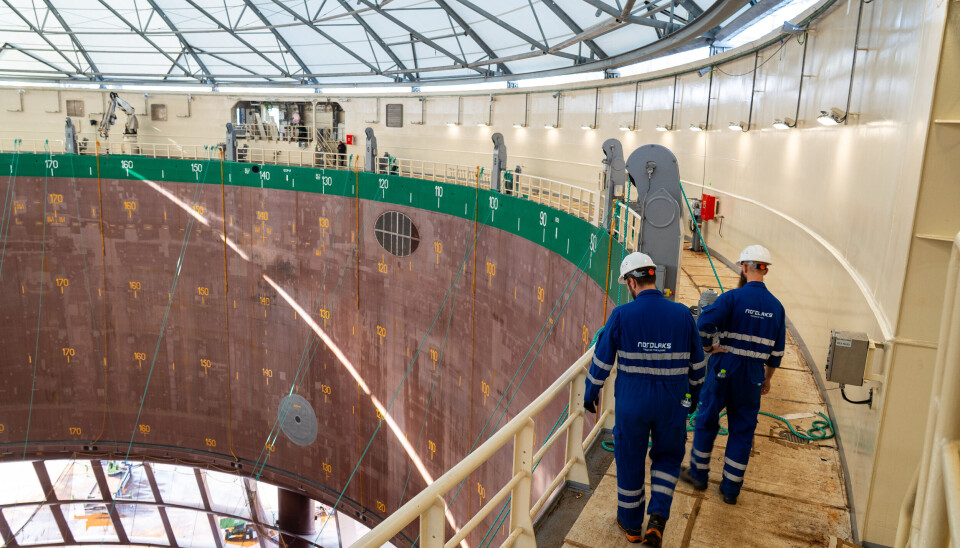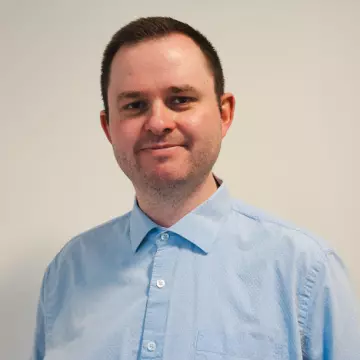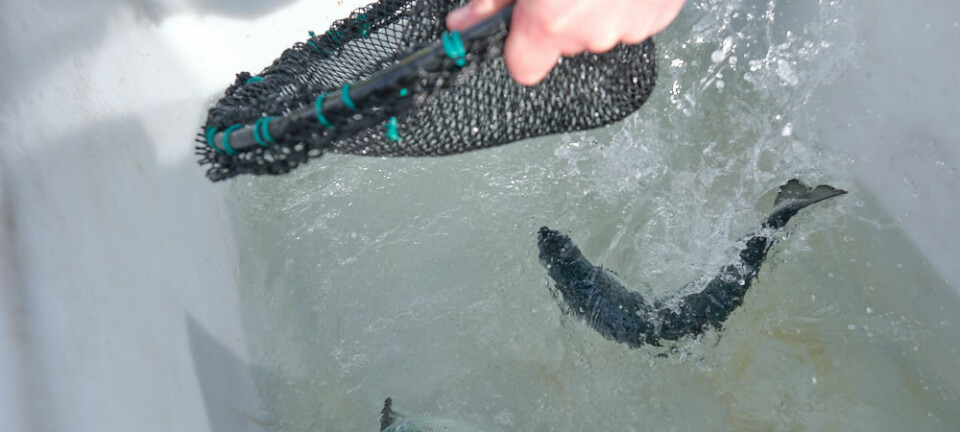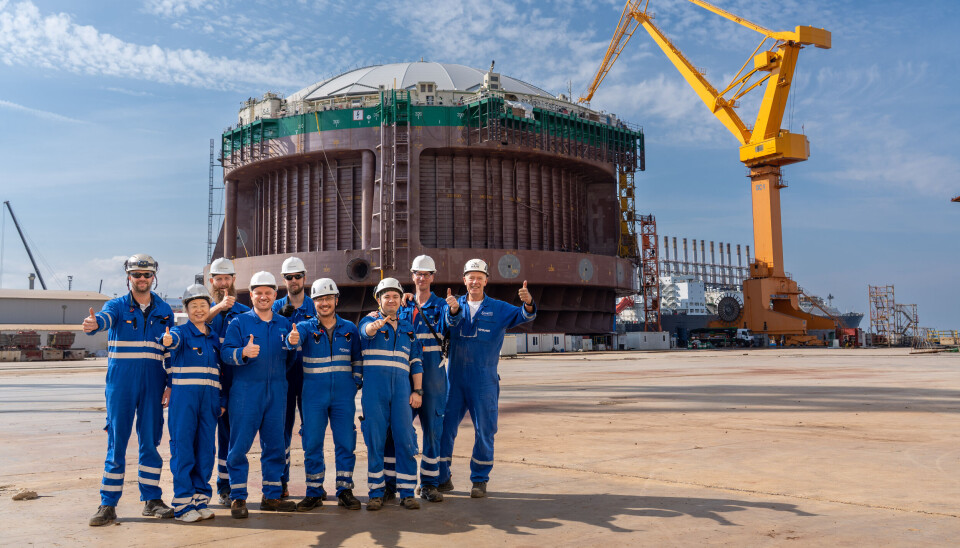
Hydra fish pen will soon begin its journey north
The huge semi-closed cage built in Turkey for Norwegian salmon producer Nordlaks is being readied for transport
In February 2021, Nordlaks took over the company Hydra Salmon Company II AS. Prior to the takeover, the company had been granted four development permits for the development of the "production tank" concept, reports Fish Farming Expert's Norwegian sister site, Kyst.no.
The tank has been named "Hydra", and is a semi-closed tank, with a sealed roof and solid walls down to 20 metres below the sea surface to prevent sea lice entry and disease transmission to the fish. Below the solid wall there is a system for water replacement and generating water flow inside the tank.
The Hydra's hull has an inner diameter of 60 metres and an outer diameter of 72m.
The production tank is designed for a maximum permitted biomass of 3,120 tonnes - more than most Scottish marine farms - and will have a production volume of 86,700 cubic metres.
Under construction
Kolbjørn Hoseth Larssen, communications advisor at Nordlaks, told Kyst.no that the work is now nearing completion at the shipyard. Everything that needs to be ready before the transport to Norway is currently being completed.
"This concerns systems that ensure that the unit can be launched in a safe and controlled manner when it arrives at the location," he says.
Among other things, the company must ensure that the emergency generator, main generator and ballast system are operational during float-off.
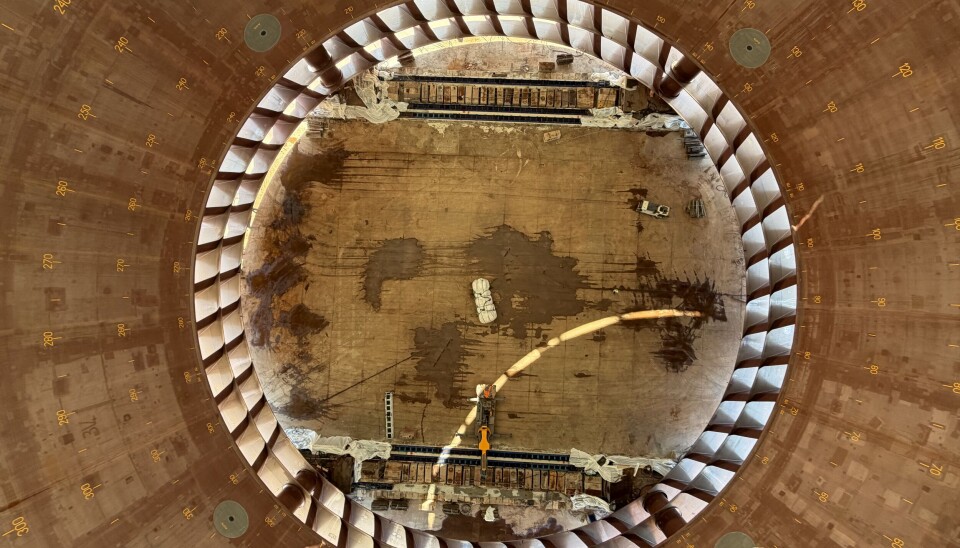
Welded to cargo ship
Hydra will be transported on the ship GPO Emerald. This week, the plan is for the 6,000-tonne structure to be moved on board via a rail system, before being welded to the ship.
"As of now, departure is planned for the weekend. The sailing time north is estimated to be a couple of weeks," said Larssen.
According to the company, there is still a lot of work to be done before Hydra is ready for operation. Inclination tests, ballasting, anchoring, and connection to shore power and the grid will be carried out. All systems will be test-run and integrated with Nordlaks' solutions.
"Tests will also be carried out on the special foil system that will ensure good water circulation in the unit. In addition, we have four large backup thrusters that can be used for extra circulation," he explained.
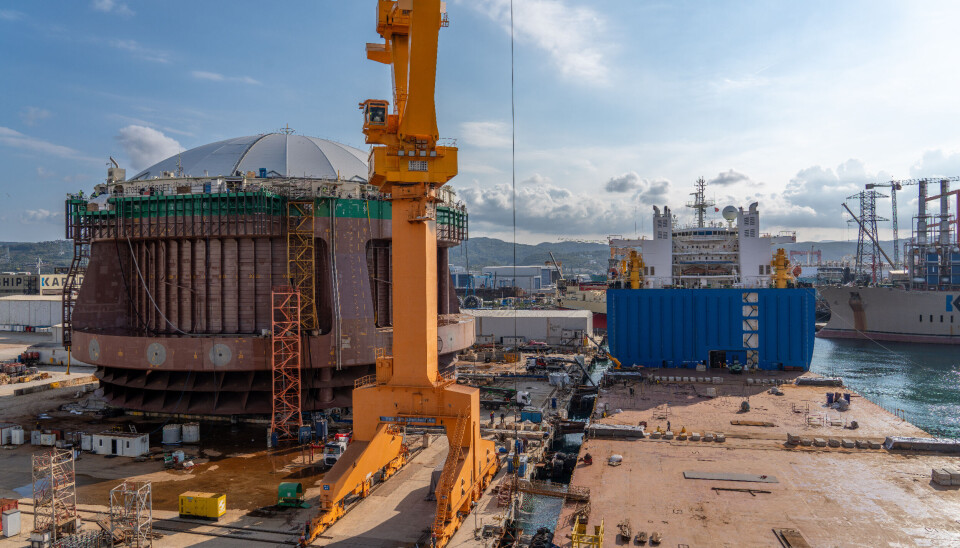
Operational in the spring
Larssen pointed out that Nordlaks must be sure that everything is working optimally before fish are stocked into Hydra, but expects to have the cage operational in the spring of next year.
He said the most important thing to monitor in the first production cycle will be fish welfare. Next, Nordlaks hope to see that Hydra works as planned and modelled.
"We have created a documentation programme that will describe technical, biological and operational conditions surrounding Hydra. Fish welfare and the function of the foil system and internal hydrodynamics are naturally central to the programme," said Larssen.
The plan is to release 600,000 fish to be raised as food fish in the unit when it is put into operation.
